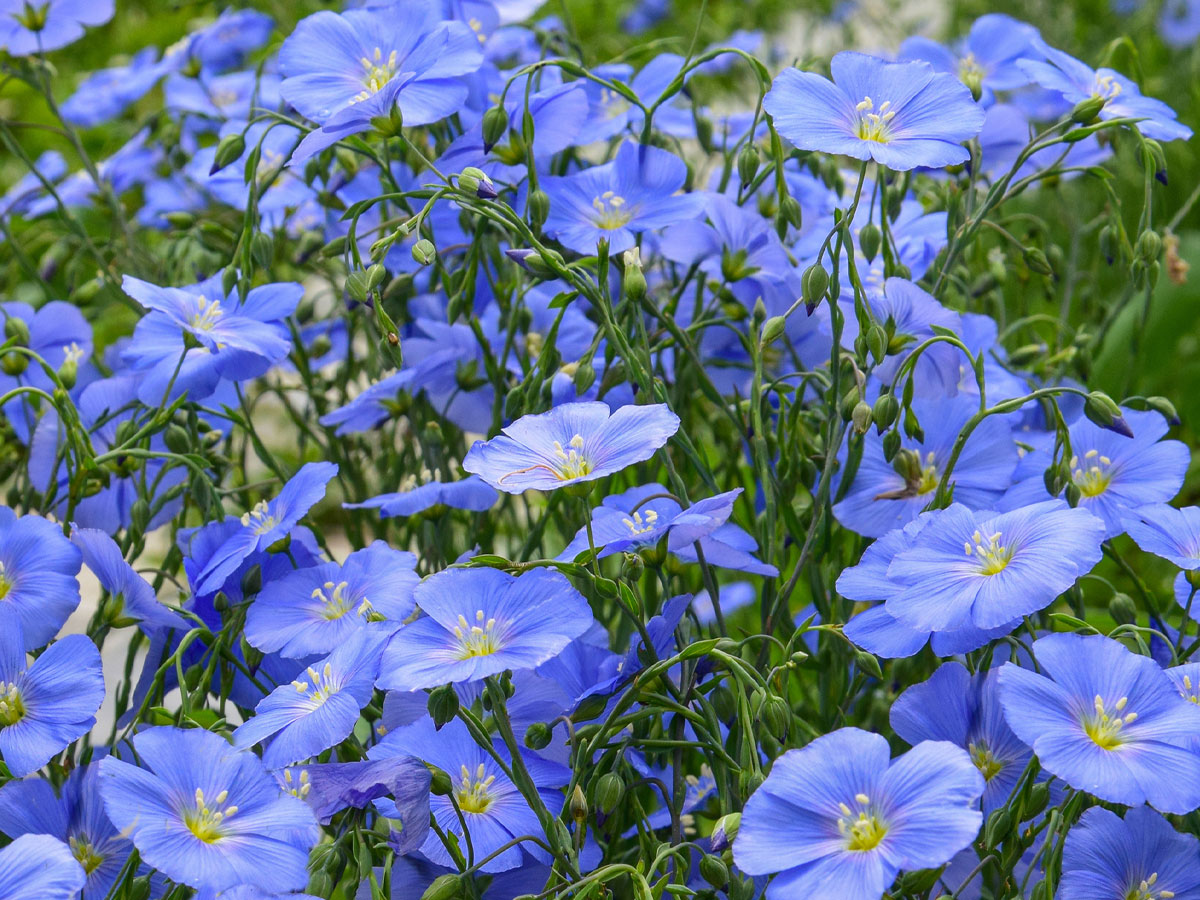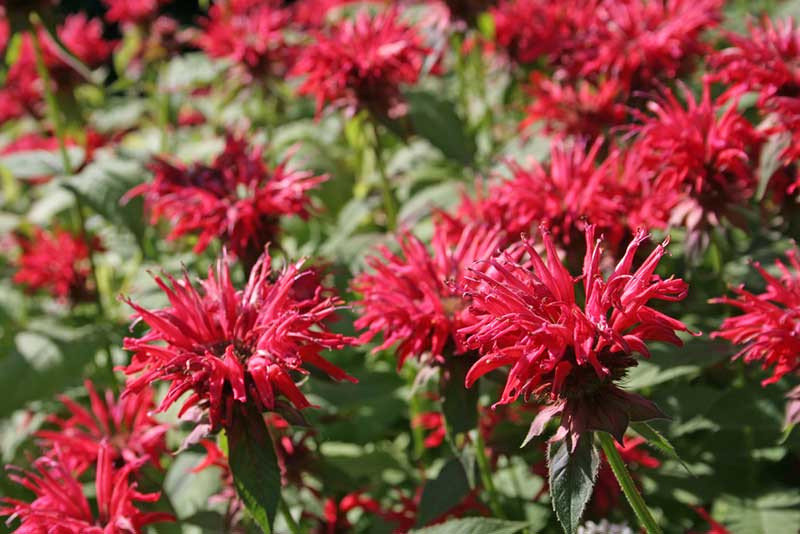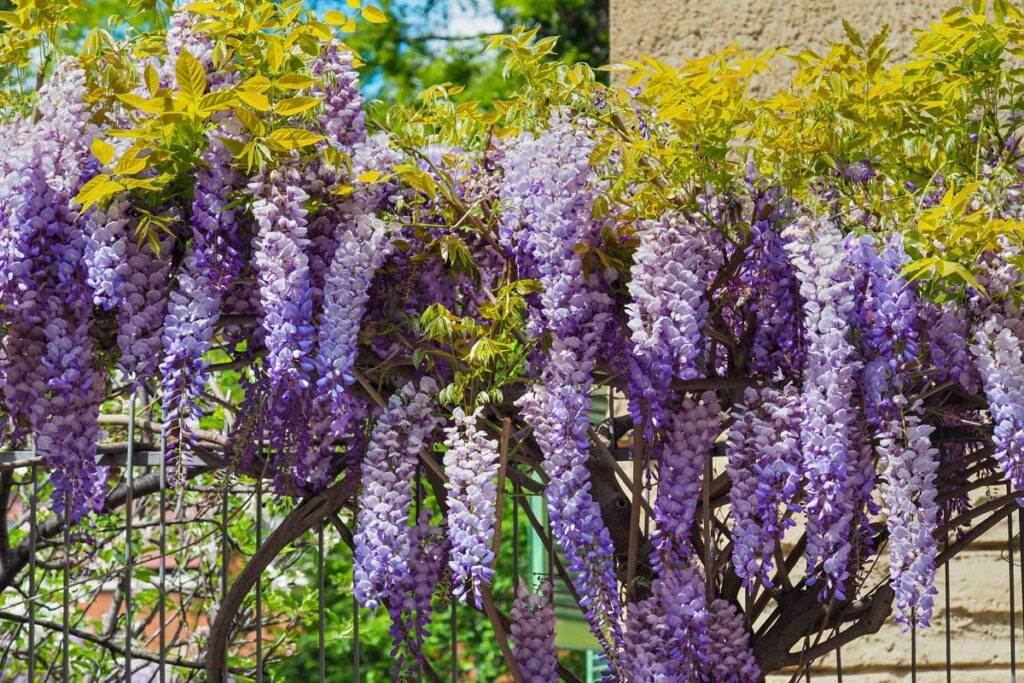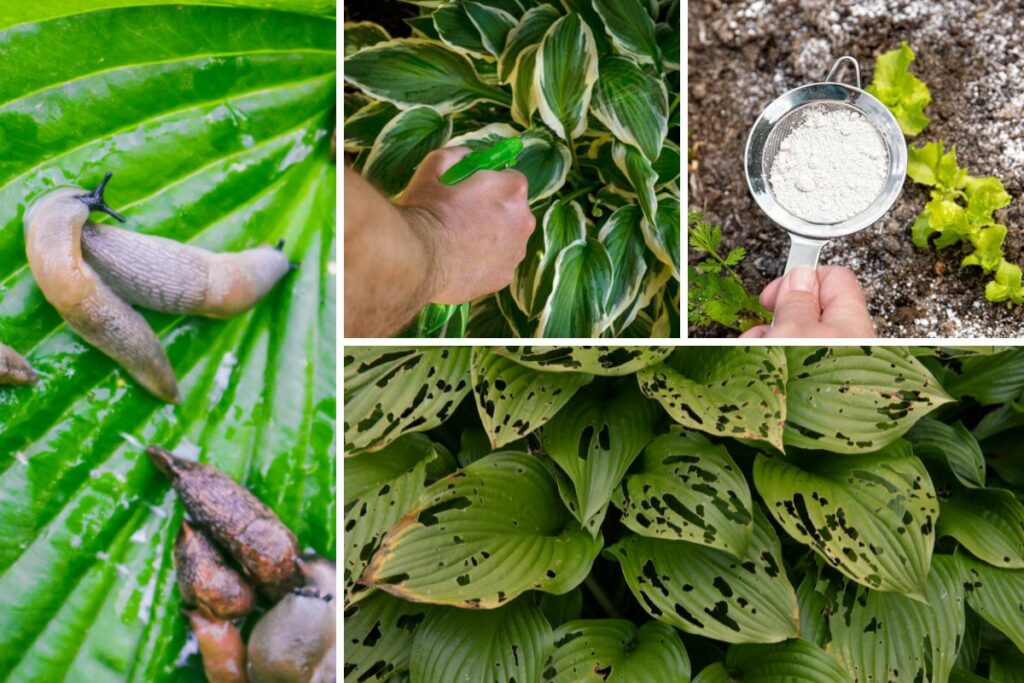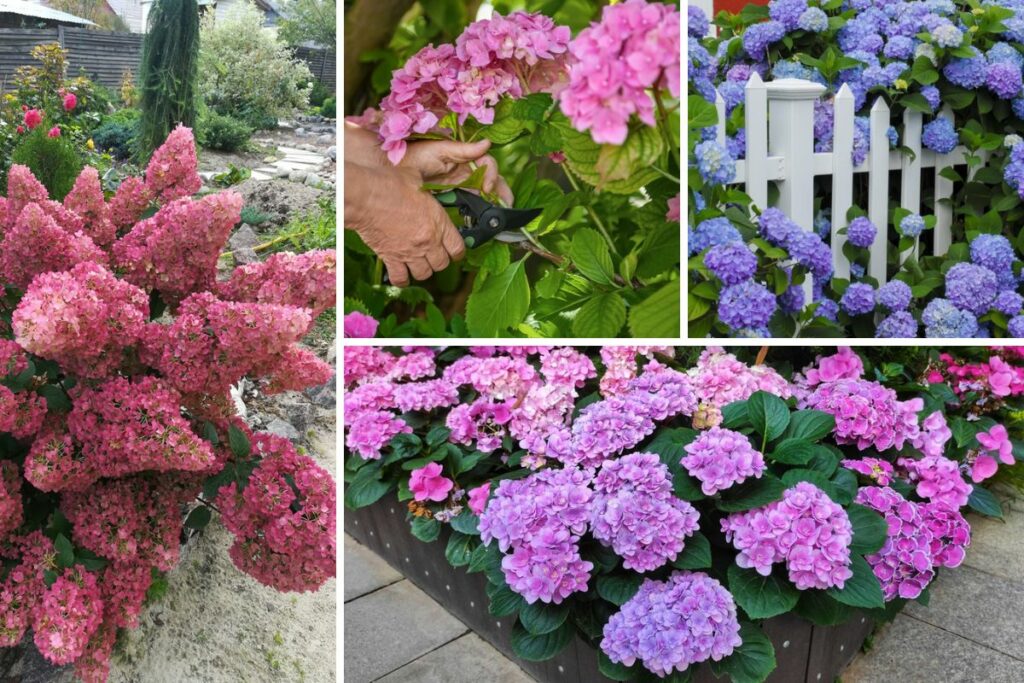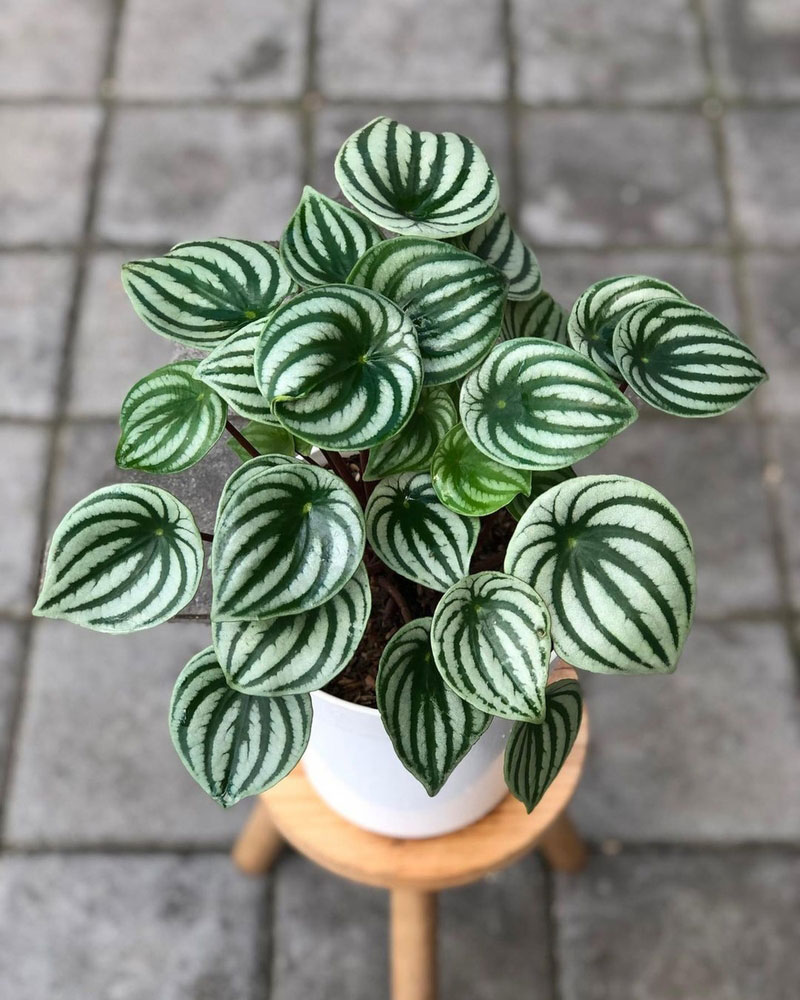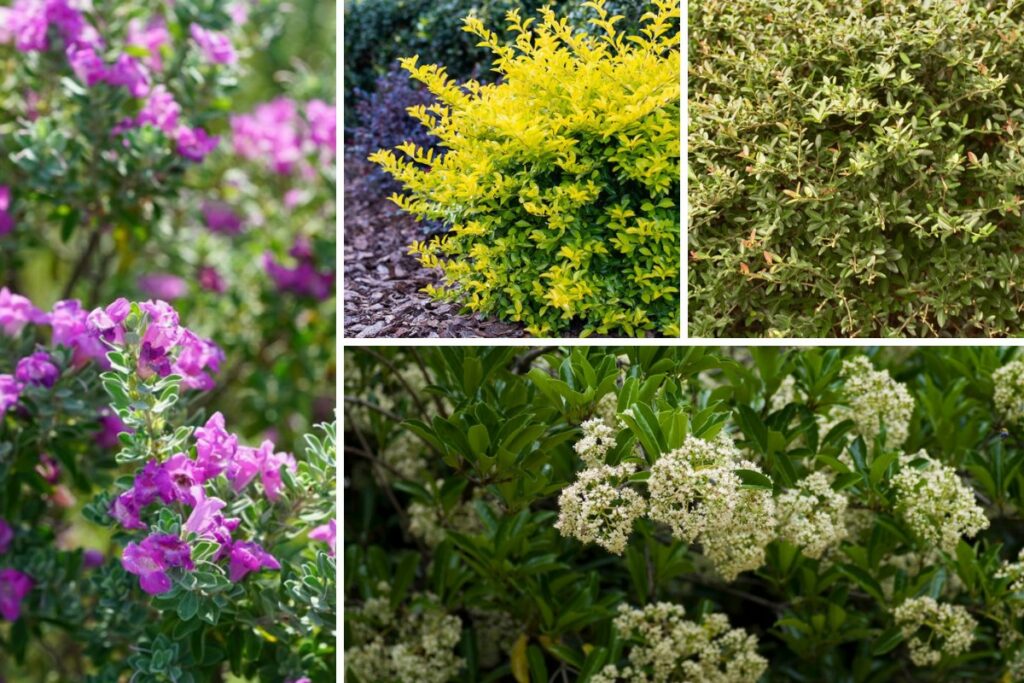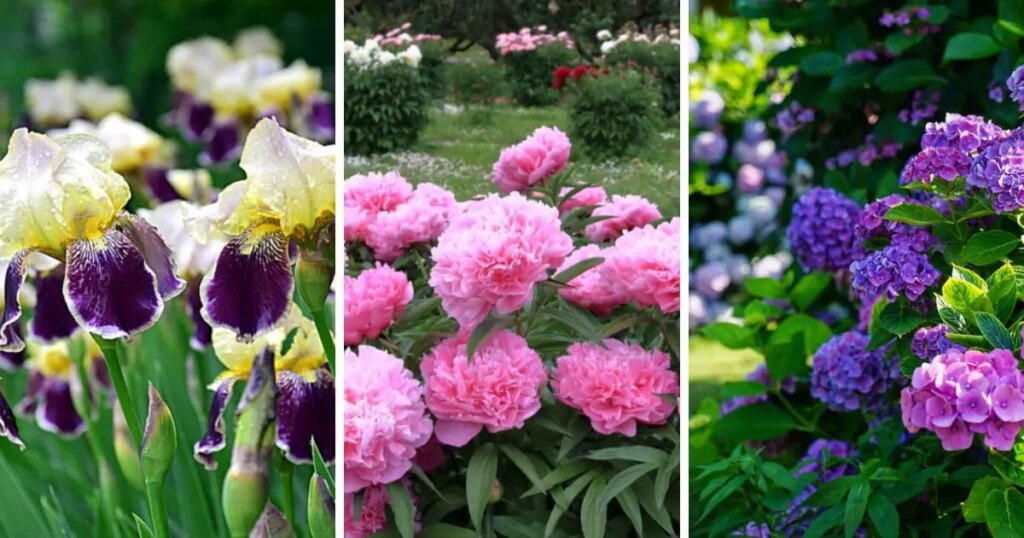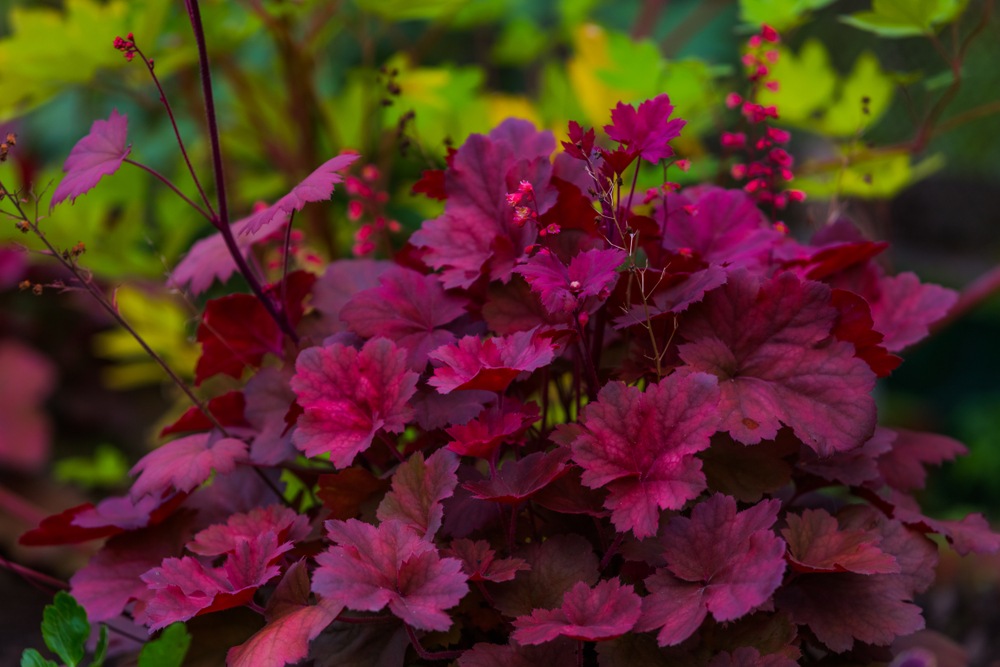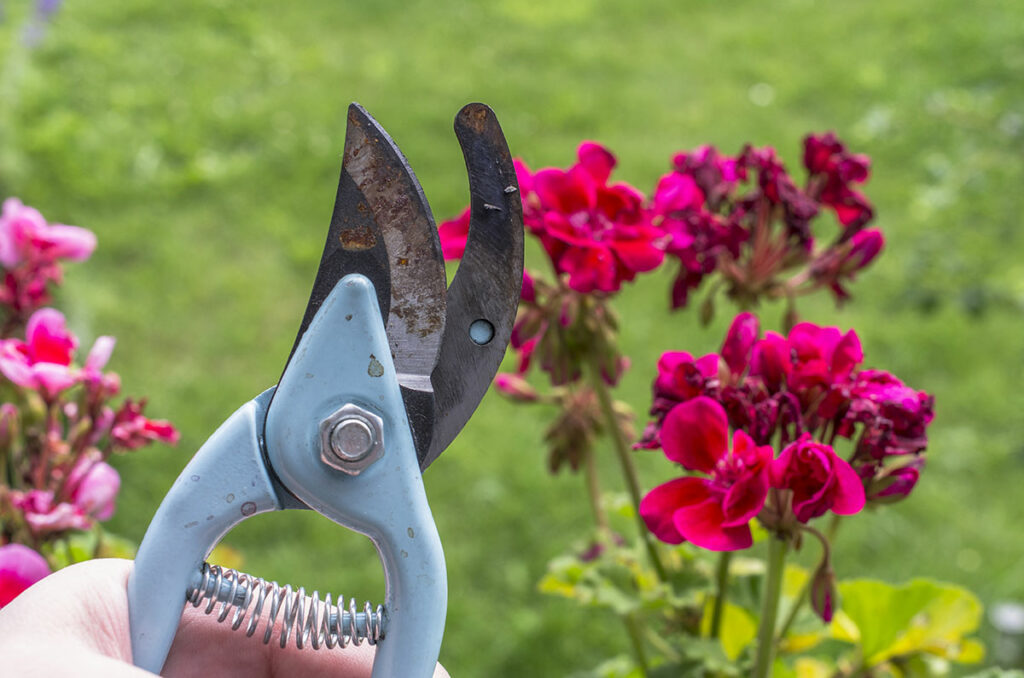
As autumn arrives, gardeners face the annual question of how thoroughly to cut back perennial plants before winter.
While a tidy, cleaned-up garden may seem appealing for the off-season, there are some ecological and aesthetic benefits to leaving certain plants intact until spring.
When deciding which perennials to trim now versus later, consider wildlife habitat, winter interest, and protection for marginally hardy plants.
Providing Winter Food and Habitat for Birds
Cutting everything to the ground may give a neat appearance, but eliminates crucial winter food sources and habitat for birds.
Many common perennials produce seed heads, fruit and stalks that birds rely on when food becomes scarce in the cold months.
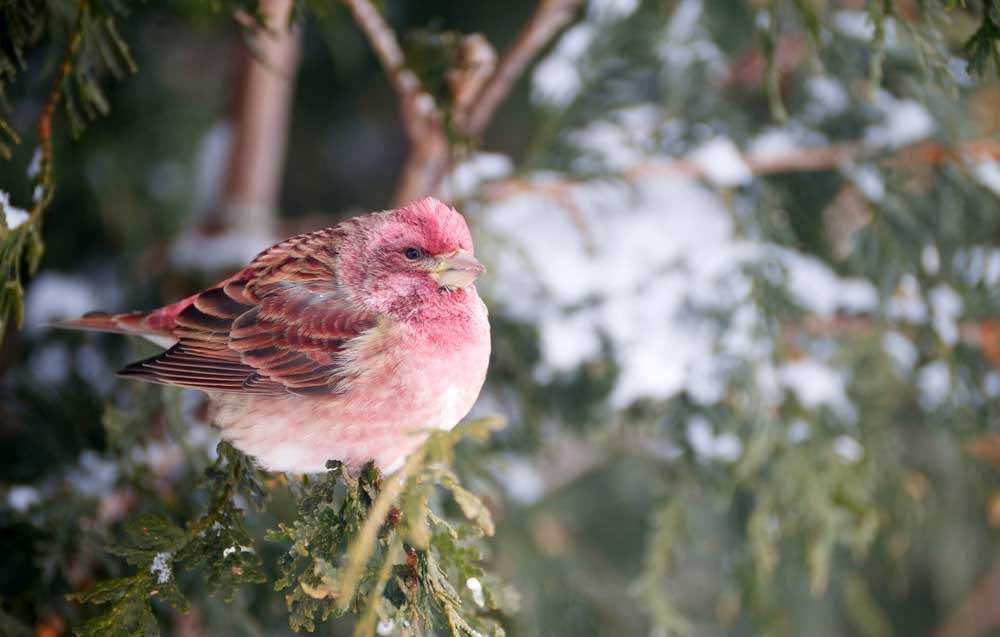
Finches, sparrows, chickadees, juncos and jays will forage on dried plant material left standing through winter.
Popular garden plants that offer winter bird food include purple coneflower, black-eyed Susan, coreopsis, sunflowers, gayfeather, switchgrass and little bluestem.
Focus fall garden clean-up on removing diseased foliage, leaving healthy seed heads intact.
The leftover stems and stalks can be tidied up come spring before new growth emerges.
Providing winter habitat promotes biodiversity and supports local ecosystems.
Adding Winter Interest to the Garden
In addition to offering wildlife benefits, leaving certain perennials untrimmed adds unique interest to the winter garden landscape.
Once snow covers the ground, dried plumes, seed heads and graceful stalks create striking silhouettes. Ornamental grasses like switchgrass, Chinese silver grass and feather reed grass especially contribute color, texture and movement.
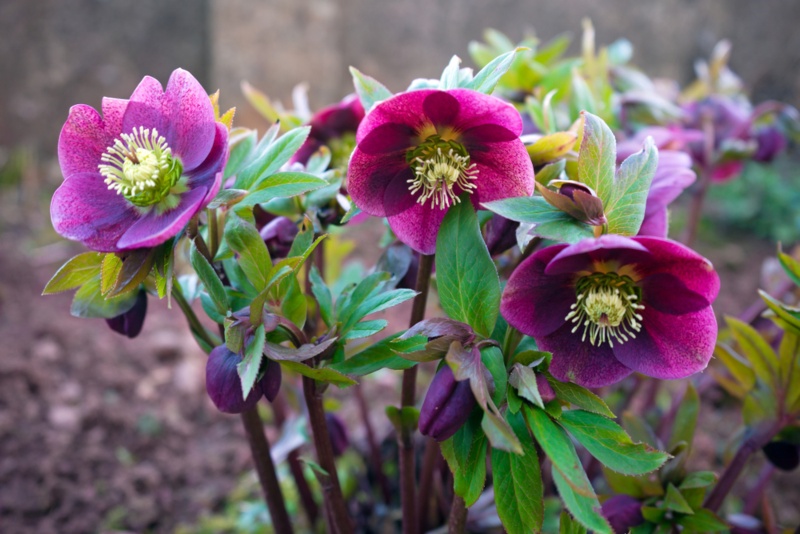
Blackened seedpods of baptisia and sea holly also stand out. Evergreen perennials like hellebore and Christmas fern can be cleaned up in spring when they resume active growth.
Planning for winter appeal brings a new dimension to the garden.
Protecting Marginally Hardy Perennials
Many perennials prone to winter damage have a better chance of survival if old top growth is left in place until spring. The dead stems act as insulation to protect the plant crown, trapping leaves and catching snow.
This is especially helpful for plants only marginally winter hardy in your climate zone. Garden mums, anise hyssop and Nippon daisy all benefit from leaving stems intact over winter instead of fall shearing.
The standing dead growth also marks the location of late emerging plants, helping avoid accidental digging into the crowns. A little extra spring pruning is worth the increased odds of winter plant survival.
Good Candidates for Fall Cutting
While certain perennials are better left untrimmed, others can be freely cut back in autumn with no downsides. Tidying these plants in fall reduces time spent on spring clean-up.
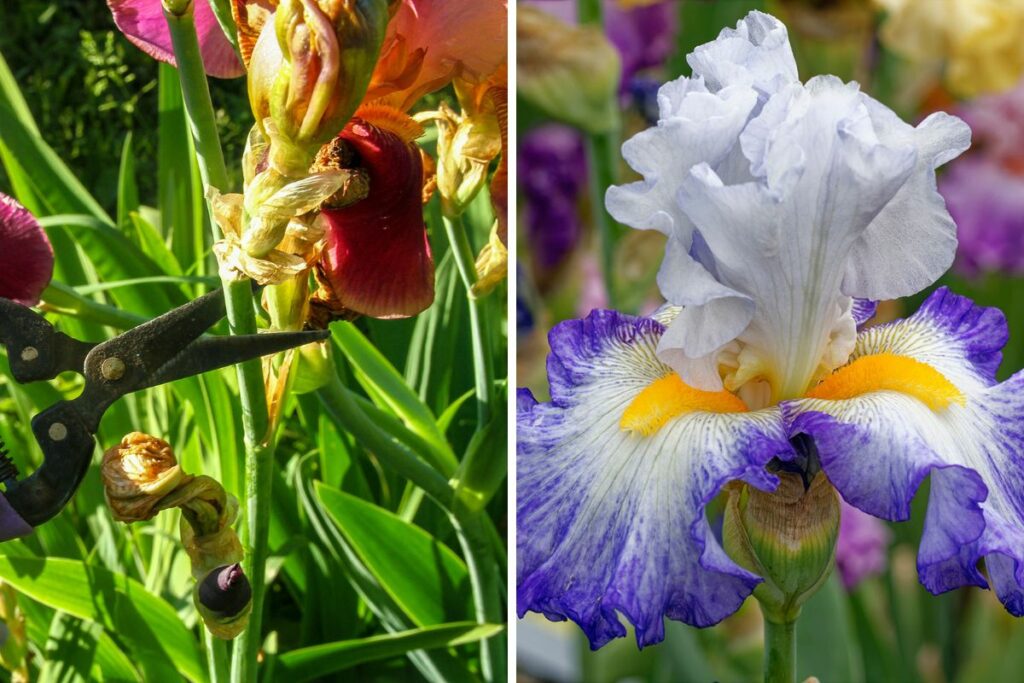
Suitable candidates include types that do not offer wildlife food or winter interest, such as iris, daylily, hosta, astilbe, peony, yarrow, lungwort, Shasta daisy, and garden phlox.
Diseased foliage of any kind should also be removed and discarded rather than left in place.
Beebalm and garden phlox often suffer from powdery mildew, and clearing infected plant debris helps minimize disease issues the following season.
Many pathogens overwinter in old stems and leaves, ready to reinfect next year’s new growth. Proper sanitation practices like fall pruning go a long way in preventing pest and disease problems.
Conclusion
The verdict on fall perennial pruning comes down to carefully evaluating the pros and cons for each plant. Leaving beneficial plants standing through winter supports local ecosystems and adds seasonal beauty to the garden.
But clearing away problem plants now reduces maintenance later.
Weighing wildlife habitat, winter appeal, plant protection and pest control helps guide fall clean-up decisions in the perennial garden.
With a thoughtful plan, gardeners can strike the right balance between tidiness and ecology when managing overwintering perennials.


